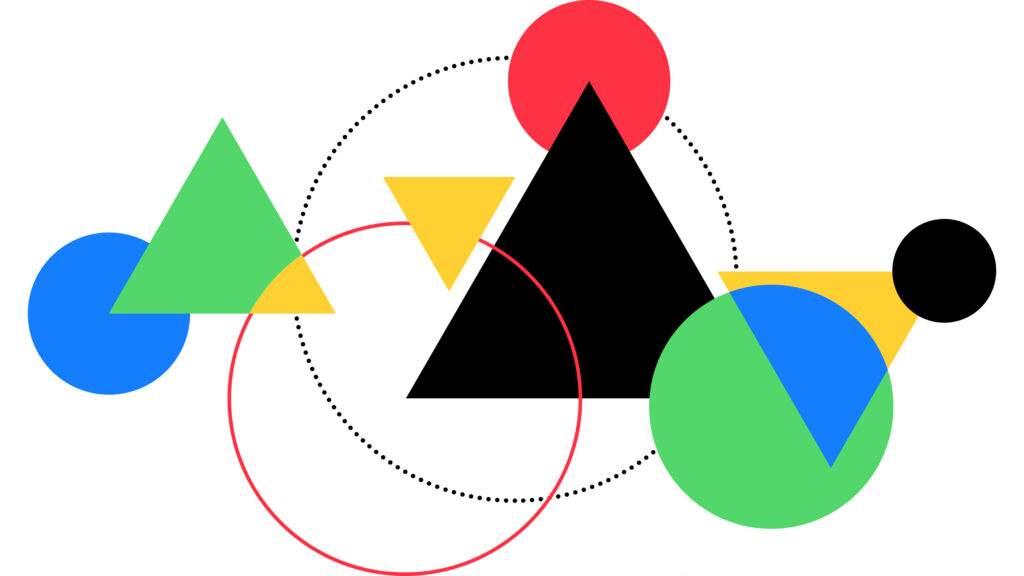What is Pixelization?
Pixels are specific tiny little blurred-out spots on an image. Sometimes pixelization can be found in movies and videos as well. If you are curious about finding out about these low-resolution images, then continue reading.
If you have ever wondered about why a certain area of a picture of a movie (mostly basic censorship rules) is blurred out, hard to see, making you squint your eyes to make out a shape, well then, you are in the right blog. Pixelization is any technique that is used when editing images or videos. When using an image, you can make it become blurred when displaying a portion or all of the image or video at a lower resolution. Pixelization is meant for one main purpose, it is used for censorship.
What does pixelate mean when speaking about photographs and photography?
When talking about photo-specific pixelization, it is important to specifically target digital photography and image processing. The deterioration of pixelation is caused by an insufficient number of pixels to run smoothly. When an image becomes pixelated you are able to reconstruct individual pixels within the image. When doing so you can make the image look fake or overly digitized. If you print an image at a low DPI it will result in the image becoming pixelated. However, pixelization can have an extremely useful function.
What is pixelation? pixelation is when there is a group of individual pixels put together to make up an image. Typically, pixel images on computers are crafted with pixels that are so small that they cannot be seen when viewing with the naked eye.
What causes pixelation?
In a picture element, pixels come together to form a large image. Because of the consistent PPI, they are size constrained. When a PEL image is enlarged, the pixels within the image will enlarge as well.
When is pixelation useful?
Pixelation is often used in graphic videos containing important content to find a person’s identity. Purposeful pixelated pictures can be used to ensure the privacy of people who were filmed without consent. Most of all it can serve justice when used to censor images and videos containing inappropriate content, and nudity.
How to avoid pixelation?
Encountering accidental pixelated images within companies marketing materials or in their software design. Here is how to avoid that:
Consider the resolution. The resolution relates to the PPI digital image. High-resolution images are best for print materials, which have a much higher dots per inch measure than a digital display. Low-resolution raster images are best for a web display because they provide necessary clarity without additional data bloat. Vector images are best for cases where an extremely large image is needed.
Think about resolution!
Resolution can be related to PPI when looking at a digital image. High-resolution images are typically best for print materials, which can have an increased number of dots per inch measure than a digital display. This is because they provide the necessary clarity without any additional data bloat.
The use of vector images
If the image quality is the main concern, start your design with the usage of a vector image. Their algorithms make resizing easier than ever. Most importantly a vector image can be exported as a picture element, but picture elements cannot be converted into vector images.
Edit the images for quality.
Image editing software can be used to preserve the quality of both vector and raster images. The most common way to draw and preserve vector images is using software like Figma, which approaches design from a math-based perspective instead of a pixel-based.
What makes an image become pixelated?
Unfortunately, in order to understand this, you would have to first talk about how images are created. Raster images are graphics that are made up of pixels. Pixels are tiny squares of color that when combined, complete an entire image. Almost all web images are raster images, and therefore anything you pull from the web, as well as all photographs, are raster images. Images are saved at a certain resolution which is measured by the number of pixels per inch (PPI).
Low-Resolution Images
Low-resolution images are saved at 72ppi (for web graphics), and high-resolution images are saved at 300ppi (for print graphics). Web graphics can be saved as low-res files because 72ppi is the lowest resolution they can be while still looking clear on a screen but while still being a small file size for uploading on the web.
The problem with images being made up of pixels is that once they are saved at a certain resolution (both high and low), you cannot actually add more pixels to the image. This then means that you cannot enlarge the image without it looking pixelated. By stretching the image larger, you are actually just enlarging the pixels themselves, making them more visible to the naked eye, therefore making your image looks pixelated.
How can you avoid encountering pixelated images entirely?
The key to resizing raster images is to always keep a version of the highest possible resolution you have. That way you can save it down to the appropriate sizes as needed. When you need to resize the image smaller, I recommend doing so in a program like Photoshop which will resample the pixels of your image and optimize them for their new size. Plus, Photoshop allows you to choose what resolution you are saving your image at and allows you to adjust the file size before you save it. Furthermore, if you want to avoid your graphic from becoming pixelated, you can design it as a vector image instead of a raster.
How do I determine what a vector graphic is?
A vector graphic is an image that is constructed by using complex algorithms to produce smooth, clean lines. By eliminating the need for pixels, vector graphics have the ability to be resized infinitely without the worry of losing image quality or image resolution. Because of this, I would recommend designing in vector first then exporting your image as a raster vector when needed. What is Pixelization? Pixelization is any technique that is used when editing images or videos. When used an image will become blurred when displaying a portion or all of it at a markedly lower resolution. Pixelization is primarily used for censorship.
Faceless Marketing
Faceless Marketing is a top digital marketing company that offers a full range of marketing services. We understand how important budgets are and how necessary it is to maintain consistency once a budget has been set in place. Overall, our team completes the planning in advance, shares our thoughts with you, and does what it takes to complete the project, on time & within budget. Hire one of the best marketing companies in the United States today and join the list of our satisfied clients. Faceless Marketing is the marketing firm that you can depend on to give you the best results and greatest return on investment (ROI). Reach out to Faceless for some consultation. Get a FREE quote on any of our services from printing to web design and SEO. Call 1-800-357-1299 or Shoot us a Message Here.










